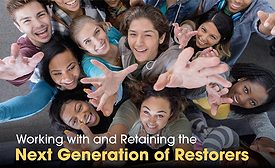Home » Keywords » employee training
Items Tagged with 'employee training'
ARTICLES
Restoration Companies Need to Take a Fresh Approach to Training
3 Ways to Improve Employee Education
Read More
Hiring, Retaining, and Knowing when it's Time to Say 'Goodbye'
Are you confident in your bench?
Read More
Get our new eMagazine delivered to your inbox every month.
Stay in the know on the latest disaster restoration and remediation trends.
SUBSCRIBE TODAY!Copyright ©2022. All Rights Reserved BNP Media.
Design, CMS, Hosting & Web Development :: ePublishing












